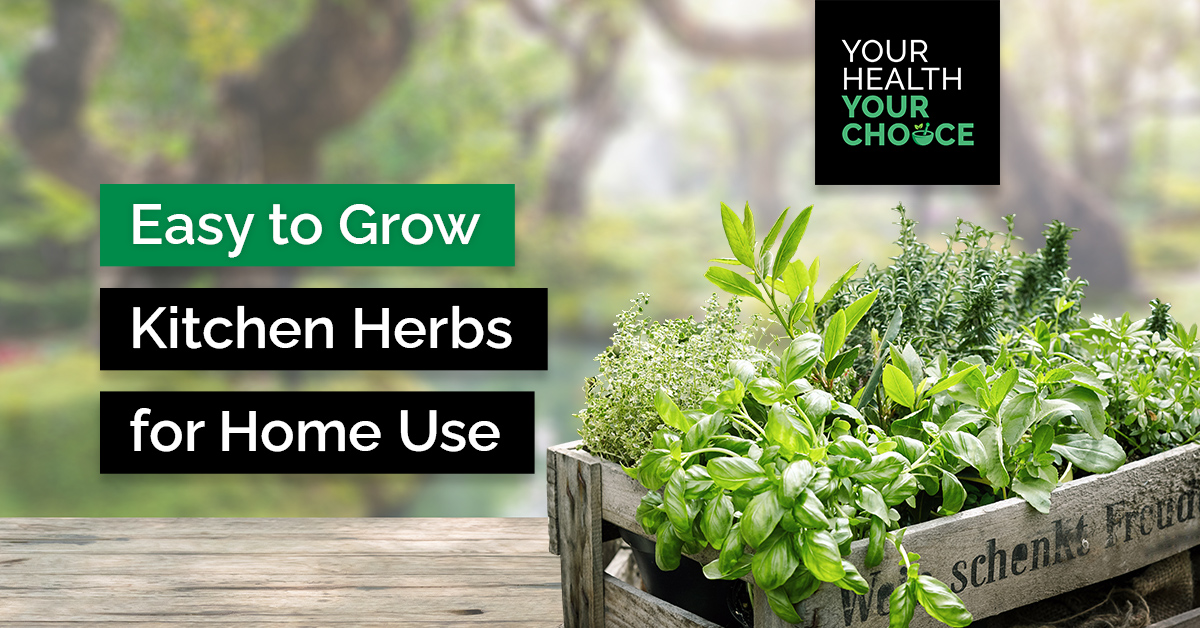PARSLEY
Parsley (Petroselinum sativum) is another hardy, easy-to-grow herb, preferring moist soil.
It is a biennial herb, meaning that it has a two-year life cycle: the first year it grows into a leafy plant, then sets seed and dies the following year. In a leaden setting it quite efficiently self-seeds. Planting it in early spring allows a longer growing and harvesting unit the following winter.
PEPPERMINT
Peppermint (Mentha piperita), like Rosemary, is a member of the Lamiaceae family. It is also very easy-to-grow, but needs to be contained as it can spread through the garden. Luckily, it grows well in pots (preferably larger pots, to allow its roots to spread). It can be grown in full sun or part shade but it likes to be kept moist.
Peppermint can be made as a tea, or the fresh leaves can be added to water for its refreshing taste.
Peppermint has paradoxical hot and cold properties – it has a cool taste, but a stimulating and warming after-effect. This makes it excellent for viral infections such as colds and flus, especially where people experience alternating fevers and chills. It is also very useful in dispelling colicky cramps and ‘wind’ from the intestines, and for the ‘stomach-ache of flatulent indigestion’.
BASIL
Basil prefers moist, well-drained soil. Frequent pruning encourages new growth, which makes it a rewarding culinary herb as as you harvest new growth is stimulated. Basil goes well added to a wide variety of dishes, including pizza, pasta, sauces, cocktails and salads.
Basil has been used since ancient times as a culinary and medicinal plant across many cultures. It is also used during religious ceremonies. The name ‘basil’ has its roots in the Greek ‘vassilios’ (king, kingly), also associated with the Greek word for dragon (basilisk).
Basil contains pungent volatile oils that remove heat and toxins from the bloodstream, liver, portal circulation and intestines. It also contains vitamins A and C. According to herbalist Matthew Wood, the effect of basil is to
‘open the skin and lungs, relax the digestive tract, and purge the blood of heat and toxins. It detoxifies through the skin by diaphoresis and removes mucus from the lungs, so it is serviceable in colds, flus, and acute respiratory conditions. It stimulates the appetite and digestion, removing stagnant food and flatulence. It also penetrates to the deeper regions of the organism to detoxify the blood, liver, portal circulation, spleen, and intestines.’
THYME
Thyme (Thymus vulgaris) is another extremely hardy culinary and medicinal herb belong to the Mint family that can either be grown in pots or in the garden. While hardy, it doesn’t like to be crowded out. Thyme grows best in a sheltered position in full sun. There are several hundred cultivators (varieties) of thyme, with common thyme and lemon thyme perhaps the most well known. Thymes can be grown as ornamentals since they have large clusters of white, pink, or purple flowers.
As a kitchen herb, thyme (fresh and dried) pairs well with different kinds of meat, chicken, in stews, soups, with eggs, pastas, vegetables and beans. Fresh thyme goes well with with fish and seafood. Thyme can be used with lasagna, sautéd or roasted vegetables, roast meats and potato dishes.
Thyme has a long history of use in medicine. Thyme is warming, aromatic and pungent, hence suited to cold, inactive conditions where there are tendencies to chills, shivering, putrefaction and stagnant, stuck mucus [1]. Like many members of the Mint family, it also has a relaxant effect on the nervous system.
Hence it has been used for a range of condition including bronchitis, whooping cough, sore throat, colic, arthritis, indigestion, gastritis, diarrhoea, bedwetting, dyspraxia (a developmental movement disorder in children), nightmares, restlessness, flatulence, parasitic worm infections and skin disorders.
OREGANO
Oregano (Origanum vulgare) is another member of the Mint family and one of the toughest of all garden plants. It establishes quickly and then requires almost no maintenance. It will grow in tough places and comes back year after year.
Oregano has a distinctly pungent, spicy and warming flavour. Oregano is commonly used in tomato-centric recipes such as pizza and pasta sauces and olive oil-based dishes. It can also be added to salad dressing and goes well sprinkled over feta cheese (with olive oil drizzled on top) and fried halloumi. Oregano can also be combined with olive oil to create oregano oil, Italian vinaigrettes and marinades for lamb, chicken, and beef dishes.
Oregano’s pungent, spicy flavour and warming effect contributes to its medical properties. It is traditionally used in fever, candida and tinnitus, colds and flus with chills and shivering, respiratory tract infections with profuse mucus and chilliness, bad breath (indicating unhealthy digestion), belching, abdominal swelling, dyspepsia, gastritis, spasm and colic [1].
General Tips For Growing Herbs At Home
Make sure your herbs:
– get adequate sunlight and regular water
– are grown in well-drained soil and mulched (to preserve water)
– are grown in a good quality potting mix if planted in containers
– are in soil periodically replenished with compost or manure to improve the soil (but not too much, which can result in string growth at the expense of flavour); liquid fertiliser can be used to give them a boost
– are covered or moved to sheltered/ warmer spots during winter if they are frost-sensitive

